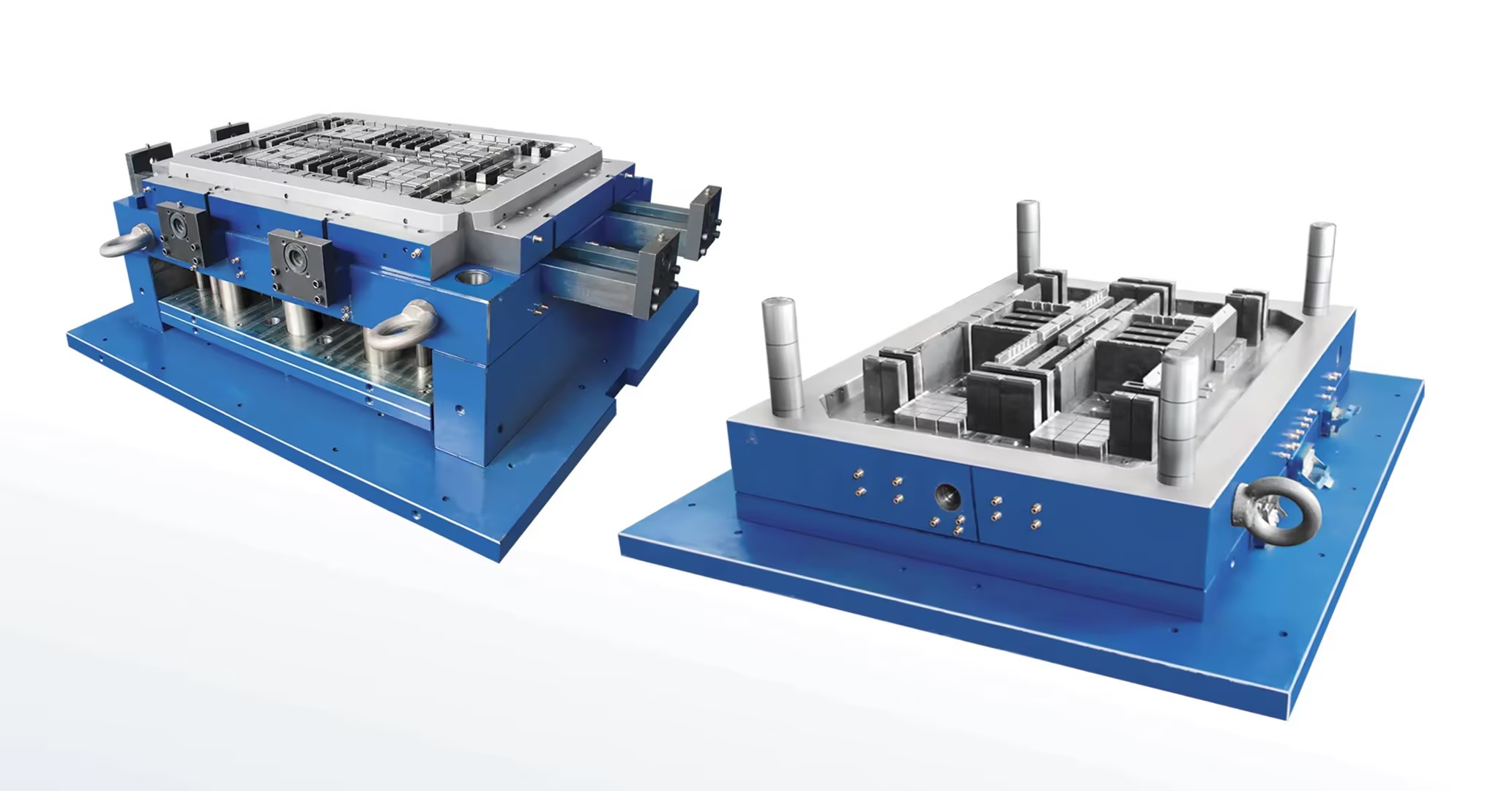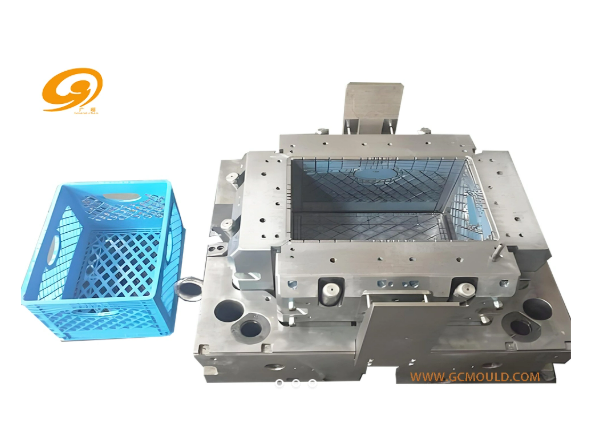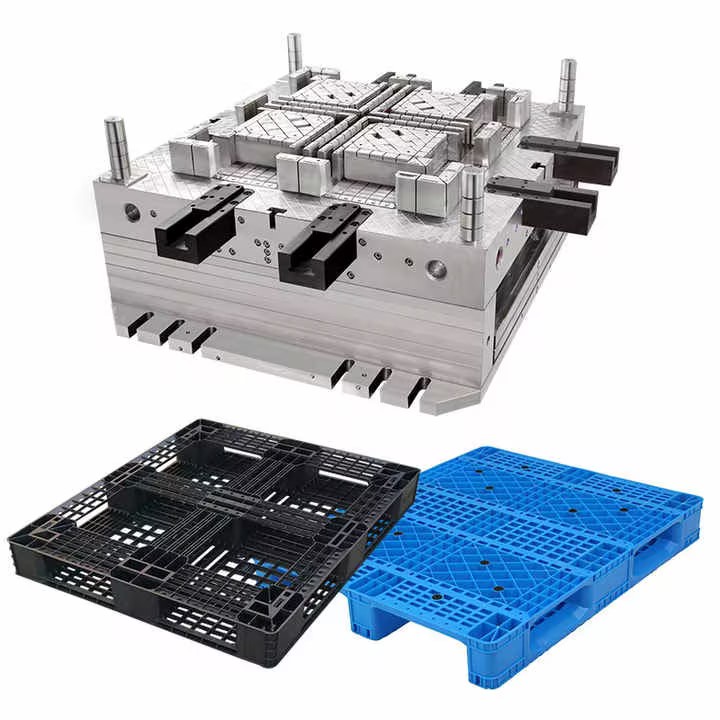Views: 0 Author: Site Editor Publish Time: 2025-04-04 Origin: Site











In today's fast-paced logistics and supply chain industry, efficiency and durability are paramount. The materials used in the transportation and storage of goods play a crucial role in determining operational success. Traditional wooden pallets have long been the standard; however, the advent of plastic molding has revolutionized the production of plastic pallets, offering a host of benefits over conventional methods. This innovation not only enhances the performance of pallets but also contributes to environmental sustainability and cost-effectiveness. The integration of Plastic Pallet mould technology is at the forefront of this transformation, providing solutions that meet the rigorous demands of modern industry.

Pallets are essential components in the storage and transportation sectors, facilitating the movement of goods across various stages of the supply chain. Traditionally made from wood, pallets have seen little innovation until the introduction of plastics into the manufacturing process. Wooden pallets, while sturdy, present issues such as susceptibility to rot, splintering, and contamination from pests. These drawbacks have significant implications for industries that require sterile or consistent handling conditions, such as pharmaceuticals and food and beverage sectors.
The shift towards plastic pallets began as industries sought alternatives that could offer improved hygiene, longevity, and recyclability. Plastic molding techniques allowed manufacturers to produce pallets that are uniform in size and shape, lightweight, and resistant to environmental factors that degrade wood. The use of Plastic Pallet mould ensures precision and the ability to incorporate features that enhance pallet performance.
Plastic molding is a manufacturing process where raw plastic materials are shaped into desired forms using a mold. For pallets, injection molding is the most common technique due to its efficiency and ability to produce complex shapes with high precision. During injection molding, molten plastic is injected into a mold cavity corresponding to the pallet's design. Upon cooling, the plastic solidifies, and the pallet is ejected, ready for use or further processing.
The quality of the mold directly impacts the final product. High-quality Plastic Pallet mould ensures that the pallets have accurate dimensions and consistent properties. Advanced mold designs can include features like reinforced edges, anti-slip surfaces, and integrated tracking technologies. The precision of plastic molding contributes to the pallets' compatibility with automated handling systems, a critical factor in modern logistics operations.

Plastic pallets produced through molding techniques exhibit superior durability compared to their wooden counterparts. They are resistant to moisture, chemicals, and extreme temperatures, which prolongs their service life. This resilience reduces the need for frequent replacements, offering long-term cost savings. According to a study by the Material Handling Institute, plastic pallets can last up to ten times longer than wooden pallets under equivalent conditions.
The molding process ensures that each plastic pallet meets exact specifications, crucial for automated warehouse systems that rely on uniform dimensions. This consistency enhances safety by reducing the likelihood of malfunctions or accidents caused by pallet irregularities. The use of precision-engineered Plastic Pallet mould contributes to seamless integration with equipment like conveyor belts, robotic pickers, and automated guided vehicles (AGVs).
Industries with strict hygiene requirements benefit significantly from plastic pallets. Unlike wood, plastic does not absorb liquids, making it resistant to bacterial growth and easy to sanitize. This attribute is vital in sectors such as food processing and pharmaceuticals, where contamination can have severe consequences. The smooth surfaces achieved through molding further facilitate thorough cleaning processes.
Plastic pallets can be made from recycled materials and are themselves recyclable at the end of their lifecycle. This circular approach aligns with global sustainability goals aimed at reducing waste and conserving resources. Additionally, the longer lifespan of plastic pallets means fewer resources are consumed over time. The environmental impact is further mitigated by reducing deforestation associated with wood pallet production.
While the initial investment in plastic pallets may be higher than wooden ones, the long-term cost savings are substantial. Factors contributing to cost-effectiveness include reduced replacement rates, lower maintenance costs, and minimized downtime due to pallet failure. A report by Logistics Management highlights that companies experience a return on investment in plastic pallets within 18 to 24 months due to these savings.
Plastic molding offers unparalleled design flexibility, allowing manufacturers to customize pallets to meet specific needs. Features such as nestability, which enables pallets to be stacked efficiently when not in use, and RFID tagging for tracking can be incorporated during the molding process. The ability to tailor Plastic Pallet mould designs enhances functionality and adds value for end-users.

Several industries have successfully adopted plastic pallets molded through advanced techniques. In the automotive sector, manufacturers utilize these pallets for their precision and ability to withstand heavy loads. The food and beverage industry relies on plastic pallets for hygiene and compliance with safety standards. A notable example is Coca-Cola's implementation of plastic pallets across its distribution network, resulting in reduced product damage and improved efficiency.
In pharmaceuticals, the sterility and ease of sanitation provided by plastic pallets are indispensable. Companies like Pfizer have reported enhanced operational performance and compliance with regulatory requirements by switching to molded plastic pallets. These real-world applications underscore the versatility and benefits of plastic molding in pallet production.
Technological advancements have significantly impacted plastic molding processes. The integration of computer-aided design (CAD) and computer-aided manufacturing (CAM) has streamlined mold creation, allowing for more complex and efficient designs. Innovations such as gas-assisted injection molding and incorporation of composite materials have enhanced the strength-to-weight ratio of plastic pallets.
Furthermore, the adoption of automation and robotics in molding facilities has increased production rates while maintaining high quality. Real-time monitoring and control systems ensure consistent processing conditions, which is critical for the integrity of the pallets. These advancements contribute to the widespread adoption and continued improvement of Plastic Pallet mould technology.
Despite the numerous benefits, challenges exist in the production of plastic pallets through molding. Material selection is critical; the polymers used must balance strength, durability, and cost. High-density polyethylene (HDPE) and polypropylene (PP) are commonly used due to their favorable properties. However, fluctuations in raw material prices can impact manufacturing costs.
Addressing environmental concerns related to plastic use is another challenge. Manufacturers are increasingly utilizing recycled plastics and developing biodegradable polymers to mitigate ecological impact. Additionally, implementing efficient recycling programs for end-of-life pallets supports sustainability initiatives.
Technical issues such as warping or shrinkage during cooling can affect pallet quality. Utilizing advanced simulation software during the design phase helps predict and compensate for these effects. Continuous improvement in Plastic Pallet mould design and process parameters ensures that these challenges are effectively managed.
Looking ahead, the plastic molding industry is poised for further innovation. The development of smart pallets, embedded with sensors and IoT technology, is on the rise. These features enable real-time tracking of goods, monitoring of environmental conditions, and improved supply chain visibility. The molding process allows for seamless integration of these technologies during pallet production.
Advancements in materials science are introducing new polymers with enhanced properties, such as increased strength and biodegradability. The application of nanocomposites and fiber-reinforced plastics promises to produce pallets that are lighter yet stronger, improving efficiency and reducing transportation costs.
Sustainability will continue to drive innovation, with a focus on reducing the carbon footprint of manufacturing processes. The utilization of renewable energy sources in production facilities and the development of closed-loop recycling systems are expected to become standard practices.
The adoption of plastic molding in the production of plastic pallets represents a significant advancement in logistics and material handling. The benefits of durability, consistency, hygiene, environmental sustainability, cost-effectiveness, and design flexibility make it an attractive option for businesses seeking to optimize their operations. As industries continue to evolve, the role of high-quality Plastic Pallet mould will be integral to meeting the demands of modern supply chains.
Companies that leverage these advantages are better positioned to enhance efficiency, reduce costs, and contribute to sustainable practices. The continued innovation in molding technologies and materials science promises even greater benefits in the future, solidifying the importance of plastic molding in the production of plastic pallets.
